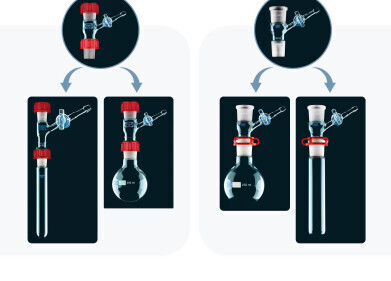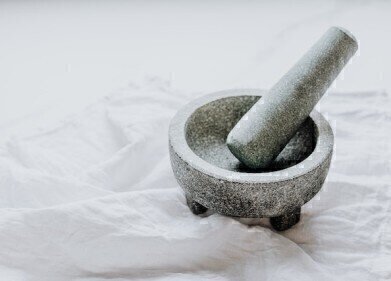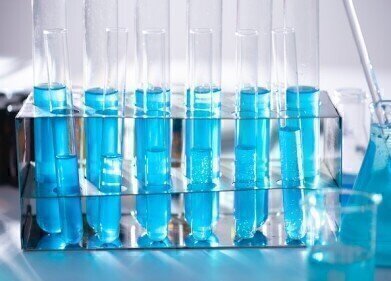Glassware
What Are the Different Types of Laboratory Glassware?
Dec 04 2014
Glassware is found in abundance in laboratories and comes in all shapes and sizes. Though it has become preferable in recent years to substitute glass vessels for cheaper, more durable and less fragile plastic materials, some substances and experiments or applications still require the use of glassware.
The reasons for these are manifold. Firstly, glass is relatively inert, meaning it will not react with the chemicals or substances placed inside and thereby upset or skew the results. It is also transparent, allowing for easy monitoring, and heat-resistant, allowing for high temperatures. Furthermore, it is easy to shape and mould into any form required.
The Types of Glassware
There is a vast variety of different glass apparatuses in a laboratory, and they can be manufactured from various types of glass depending on the purpose. For example, quartz glass is resistant to high temperatures and transparent in specific areas of the electromagnetic spectrum. Heavy-wall glass is specifically strengthened to be used in pressurised experiments, while amber glass is darkened to block out UV and infrared radiation, thereby making it ideal for storing fluids.
Here are some of the different types of glass instruments used in laboratories:
- Bulb and graduated pipettes. These are used to transport specific amounts of fluids from one place to another.
- Burettes. These are used to dispense exact quantities of liquid into another vessel.
- Beakers. Simple containers used to hold samples and reagents.
- Volumetric flasks. Similar to beakers, these are used to hold samples, but usually come in a conical or spherical shape with a tapering neck.
- Condensers. Specifically used to cool heated liquid or gas.
- Retorts. These are used for distillation purposes.
- Funnels. The tapered neck of a funnel allows easy pouring of a liquid into a narrow orifice.
- Petri dishes. Shallow dishes used to culture living cells.
- Graduated Cylinders. Similar to beakers, these cylindrical vessels have volumetric markings to allow for monitoring of volume.
- Vials. Small bottles used to store samples or reagents.
- Slides. Used to hold items under a microscope for inspection and study.
- Stirring Rods. Used to mix solvents and samples together.
- Desiccators. A container designed to absorb moisture from a substance.
- Drying pistols. Similar to a desiccator, the pistol is a more direct method of removing moisture from a sample.
With such an extensive range of glassware in the workplace and maximum precision required in all experiments, it is imperative that the equipment is kept in top-quality condition. Though glass is resistant to high temperatures and most chemicals (barring a handful), prolonged use over a protracted period of time will inevitably lead to degradation.
Are Your Glass Volumetric Instruments Accurate? discusses in more detail the chemicals and practices responsible for erosion of glassware, which standards are agreed upon and how best to adhere to them by ensuring your glassware is still in serviceable condition.
Digital Edition
Lab Asia 32.2 April
April 2025
Chromatography Articles - Effects of small deviations in flow rate on GPC/SEC results Mass Spectrometry & Spectroscopy Articles - Waiting for the present to catch up to the future: A bette...
View all digital editions
Events
Analytica Anacon India & IndiaLabExpo
Apr 23 2025 Mumbai, India
Apr 23 2025 Moscow, Russia
Apr 24 2025 Istanbul, Turkey
Apr 27 2025 Portland, OR, USA
Making Pharmaceuticals Exhibition & Conference
Apr 29 2025 Coventry, UK



















